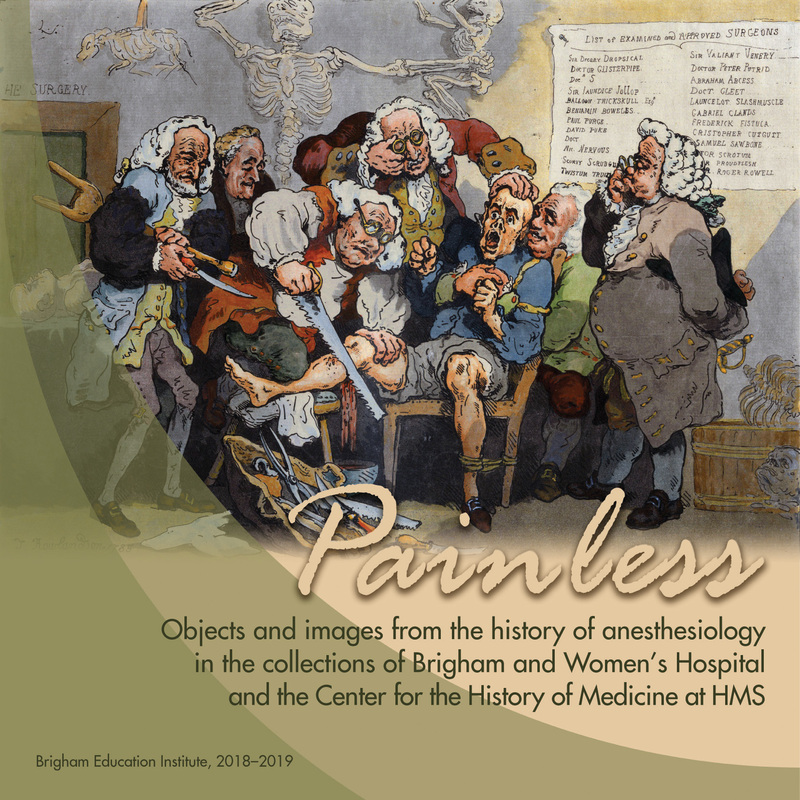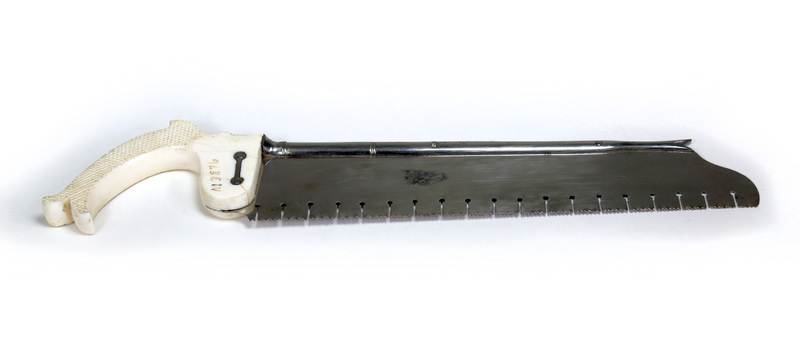Anesthesia in History
“…so soon as necessary arrangements can be made for publicity of the process, great facilities will be offered to those who are disposed to avail themselves of what now promises to be one of the important discoveries of the age.” —Henry Jacob Bigelow
A few years ago, the readership of the New England Journal of Medicine was asked to rank the most important articles ever published in that journal. Topping out at number 1 was the 1846 report from Boston surgeon Henry Jacob Bigelow, “Insensibility During Surgical Operations Produced by Inhalation.” Though many people in the past had experimented with various forms of gases to produce insensibility to pain during surgery, it wasn’t until the first public display of ether during an operation at Massachusetts General Hospital on October 16, 1846 and Bigelow’s subsequent article that the ideas for painless surgery coalesced into a successful clinical application. Within one year of the publication of the article the use of ether, followed quickly by chloroform, had become ubiquitous worldwide. The discovery of anesthesia was a pivot point in the history of medicine that led to the complete recharacterization of the role of the surgeon and to many medical and surgical advances that would not have been possible without it.
This exhibit highlights some moments in the development of anesthesiology since the discovery of ether, several of which were contributions by members of the Brigham and Women's Hospital and its pre-merger parent hospitals. At the Boston Lying-in Hospital Walter Channing helped make the use of anesthesia in childbirth acceptable, Burt B. Hershenson wrote the first textbook on obstetrical anesthesia, and Jess Bernard Weiss improved the epidural needle to its current universal standard. At the Peter Bent Brigham Hospital Harvey Cushing developed methods that made anesthesia safer to use, Leroy Vandam restored the tarnished reputation of spinal anesthesia, and Gertrude Gerrard helped professionalize the role of nurse anesthetists. At BWH James Philip’s designs helped transform the relationship between research hospitals and the medical device industry.


